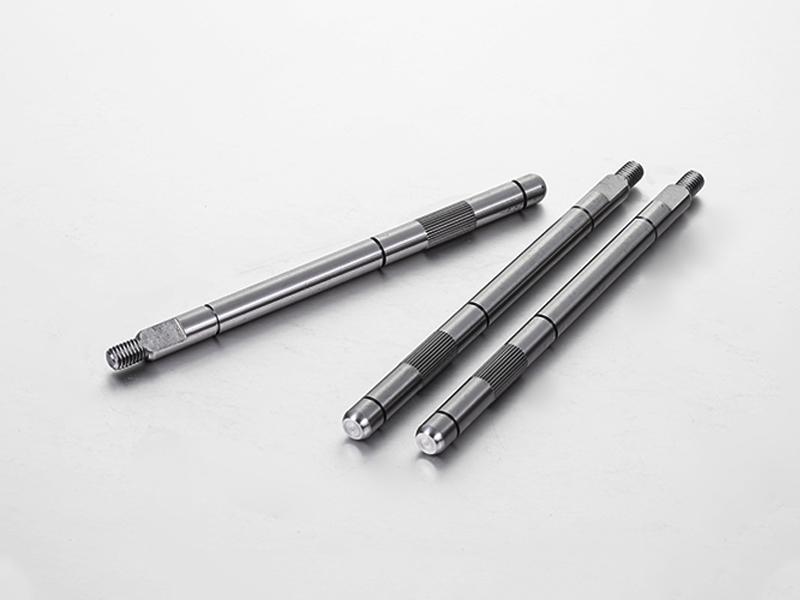The automobile drive shaft is an important connecting part of the automobile mechanical system. The automobile drive shaft is generally a circular part that can be connected or assembled and can be moved and rotated. It is generally made of light and torsion-resistant alloy steel pipe. In terms of composition, it usually consists of a shaft tube, a telescopic sleeve and a universal joint. The drive shaft of an automobile is a rotating body with high speed and less support. Its dynamic balance is very important. Generally, the drive shaft must undergo a dynamic balance test before leaving the factory and be adjusted on a balancing machine.
Working principle of the drive shaft
The drive shaft of an automobile works through the coordination of three important components: a shaft tube, a telescopic sleeve and a universal joint. The transmission shaft is the shaft that can transmit power in the transmission shaft of the universal transmission. For the front-engine rear-wheel-drive car, it is the shaft that transmits the rotation of the transmission to the final reducer. It can be several sections. The joints can be connected by universal joints. The universal joint is a key component on the drive shaft of an automobile. It is between the front axle half shaft and the wheel that is responsible for driving and steering.
In the traditional structure of the transmission shaft telescopic sleeve, the spline sleeve and the flange fork are welded together, and the spline shaft is welded to the transmission shaft tube. The new type of transmission shaft changes the traditional structure, welds the spline sleeve and the transmission shaft tube into one body, and makes the spline shaft and the flange fork into one body. This kind of transmission shaft adds a tube shape outside the flange spline shaft. The protective sleeve is sealed, and two polyurethane rubber oil seals are arranged at the end of the protective sleeve.
Most of the shaft sleeves are made of copper, but there are also plastic shaft sleeves. The shaft sleeves are mostly placed in the shaft and the supporting structure, and they are very close to the supporting structure. Only the shaft can rotate on the shaft sleeve. When the shaft and the sleeve, a lubricant is added between the two to reduce the friction generated when they rotate.
In steering drive axles, disconnected drive axles or universal transmissions for mini cars, the drive shaft is usually made as a solid shaft. In order to obtain higher strength and rigidity, the transmission shaft is mostly hollow (the shaft tube is used to connect the universal joint and the sliding spline). Generally, it is made by coil welding of a thin steel plate with a thickness of 15-3mm. Super heavy trucks directly use seamless steel pipes.
The transmission shaft is a shaft that can transmit power among the transmission shafts of the universal transmission device. It is a rotating body with high speed and less support, so its dynamic balance is very important. Generally, the drive shaft must undergo a dynamic balance test before leaving the factory and be adjusted on a balance machine. For a front-engine rear-wheel-drive car, the rotation of the transmission is transmitted to the shaft of the final reducer. It can be several sections, and the sections can be connected by universal joints.
The drive shaft is an important part of the transmission of power in the automobile driveline. Its function is to transmit the power of the engine to the wheels together with the gearbox and drive axle so that the automobile generates driving force.
Ningbo Shitai Precision Machinery Co., Ltd. is a drive shaft supplier, Is also a linear shaft factory, we provide customers with high-quality products and services.


